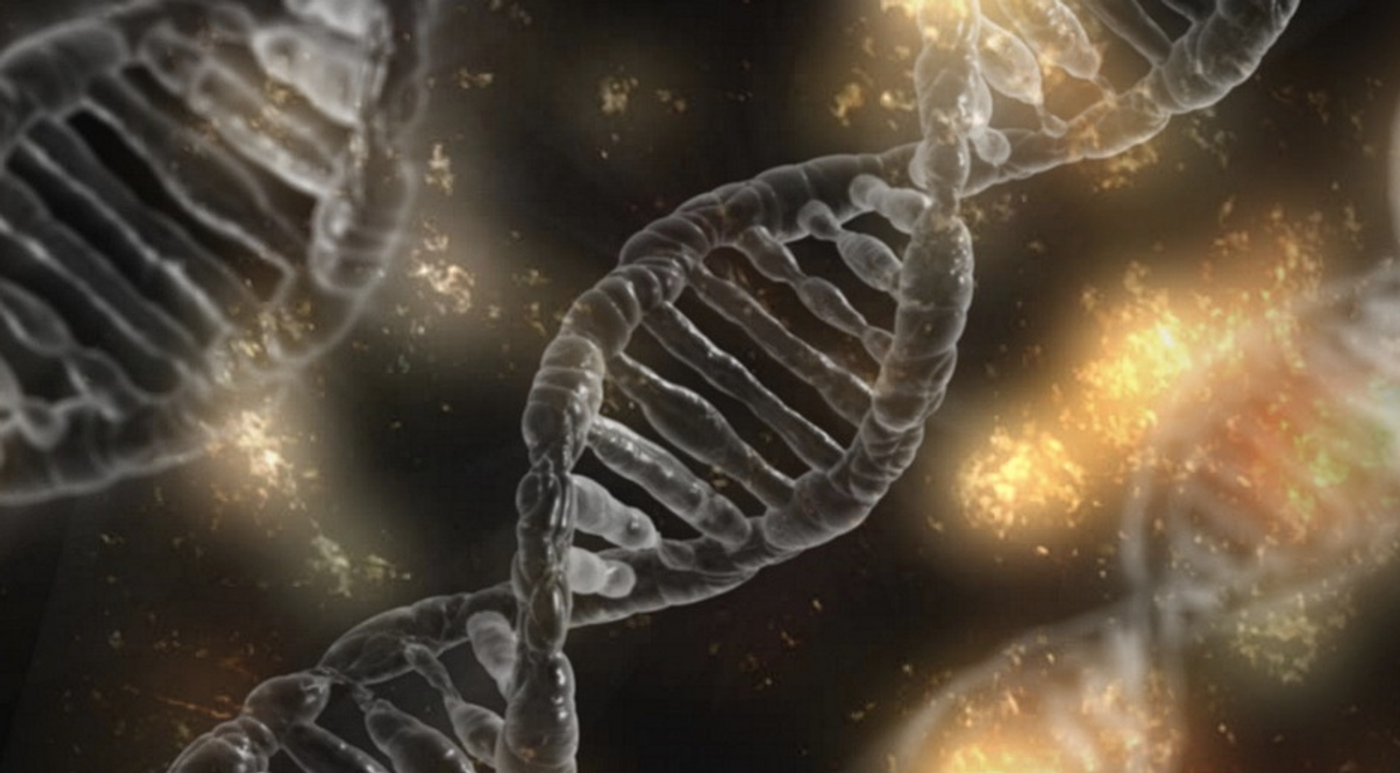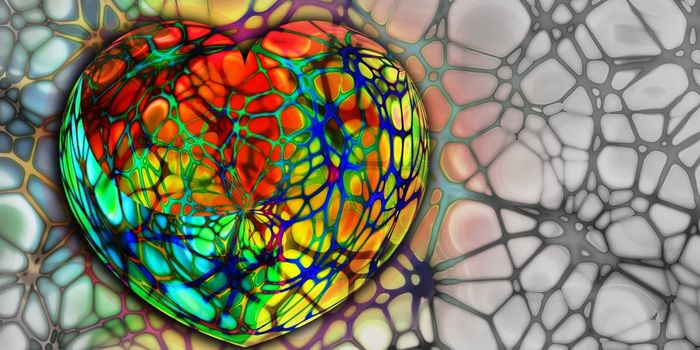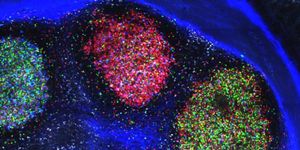Severe Genomic Damage in Human Embryos Treated With CRISPR
The CRISPR-Cas9 genomic editing system holds great promise for treating genetic errors that cause human disease. There are a few examples of it being used to successfully treat human sickle cell anemia patients, in which cells are extracted from an adult patient, treated with CRISPR-Cas9, and then returned to the patient. The technique is described in the video below.
But editing human embryos is a different approach, in which the genetic edit happens so early, all the cells that are descended from these early, edited cells will also carry the edit. While this could be a way to treat inborn genetic errors that can cause serious disease or be fatal in some cases, it could also have unintended and devastating consequences if it isn’t precise. Researchers have been trying to learn more about what those consequences might be.
Reporting in Cell, scientists have found that when they edited early-stage human embryos with CRISPR-Cas9, there were unexpected, deleterious impacts. (Since federal funding bans the use of human embryos, the researchers used private funding for this work.) They targeted a gene called EYS (eyes shut homolog) that, when mutated, causes hereditary blindness. When they attempted their edit, large sections or even entire chromosomes were often lost from the cells - the impacts went far beyond just the gene the scientists were targeting to be edited.
"Our study shows that CRISPR-Cas9 is not yet ready for clinical use to correct mutations at this stage of human development," said the senior author of the study Dieter Egli, assistant professor of developmental cell biology in the Department of Pediatrics at Columbia University Vagelos College of Physicians and Surgeons.
The effects of CRISPR have been widely studied in cell culture models. CRISPR-Cas9 is often used in research labs and can be used to generate mutant or transgenic mice. It has also been attempted in humans. Chinese researcher He Jiankui claimed to have edited the genomes of twin girls in 2018, but little is known about the results of that human experiment. Scientists worldwide condemned the project, which was conducted under a shroud of secrecy.
The authors of the new study reflected on a 2017 report that suggested that CRISPR could correct a disease-causing mutation in human embryos; the authors suggested that instead of being corrected, the chromosomes that carried the mutation may have simply been lost entirely.
"We know from previous studies in differentiated human cells and in mice that a break in the DNA results in mostly two outcomes: precise repair or small local changes. At the EYS gene, these changes can yield a functional gene, though it is not a perfect repair," explained co-lead study author Michael Zuccaro, a graduate candidate at Columbia University Vagelos College of Physicians and Surgeons.
After examining the entire genomic sequence of the embryos they modified, the researchers saw that something else happened too.
"We learned that in human embryonic cells, a single break in the DNA can result [in] a third outcome, the loss of an entire chromosome or sometimes a large segment of that chromosome, and this loss of the chromosome is very frequent," revealed Zuccaro.
"If our results had been known two years ago, I doubt that anyone would have gone ahead with an attempt to use CRISPR to edit a gene in a human embryo in the clinic," Egli says. "Our hope is that these cautionary findings should discourage premature clinical application of this important technology, but can also guide responsible research to achieve its ultimate safe and effective use."
Other studies have come to similar conclusions. When targeting the POU5F1 gene, scientists at the Francis Crick Institute observed significant rearrangements and large deletions in embryos. Another lab at Oregon Health & Science University examined the impact of targeting a gene called MYBPC3, and also observed disruptions in the chromosome that carried the gene.
Sources: AAAS/Eurekalert! via Columbia University Irving Medical Center, The Scientist, Cell









